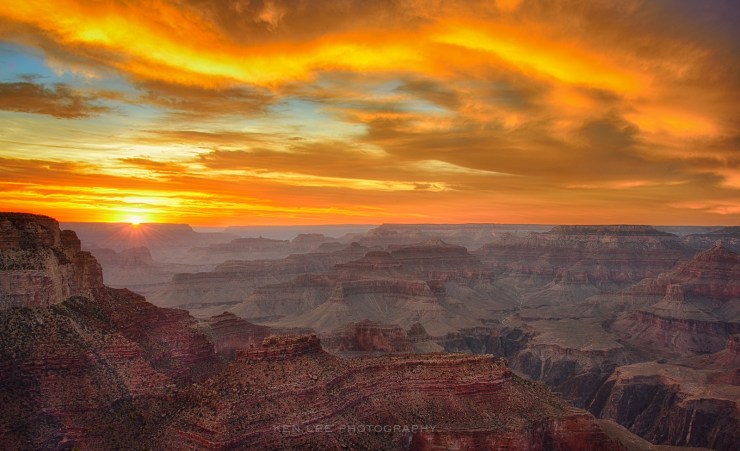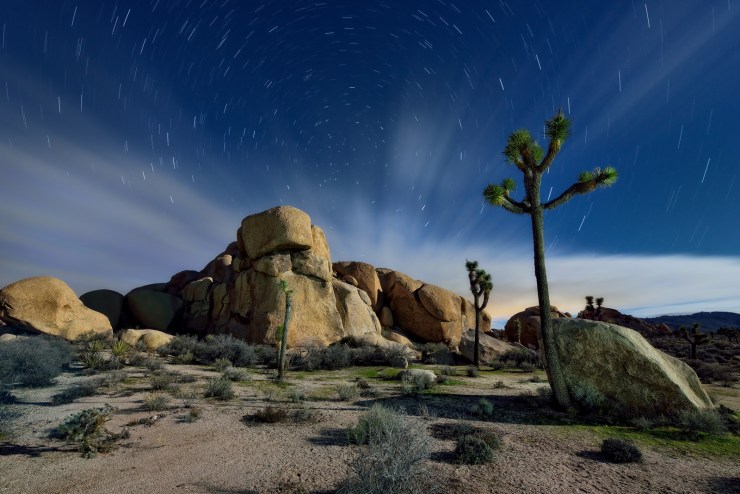We’re going to discuss depth of field. But I’m going to try and keep it really simple. When I’ve given workshops and busted out charts, most people’s eyes glazed over. So … no charts. Just photos.
What is depth of field?
Depth of field, sometimes written as DoF, is the amount of distance that is reasonably in focus. It’s the range of area that is acceptably sharp in a photo.
The depth of field typically changes gradually. It typically does not occur where the subject is in focus, and suddenly — BAM! — something is out of focus. No. It’s gradual.
Why do you want to control the depth of field?
A creative question. Excellent. By controlling the depth of field, we can focus the viewer’s attention on a specific subject or place. This is powerful, and it’s a lot of fun! This makes controlling depth of field one of the most creative decisions that we can make.
Deep vs. shallow depth of field
A deep depth of field means that there’s lots of elements in focus. For example, a photo of a landscape that is reasonably far away typically has everything in focus, such as the photo below. After all, if we look at a landscape, typically most of it does look in focus to us, doesn’t it?

A shallow depth of field means that many elements in a photo may be out of focus. The photo below has a shallow depth of field because only the area around her eyes are reasonably in focus.

Those are huge differences in appearance and approach and feel. And they largely have to do with depth of field.
How to control depth of field
There are three ways to control depth of field, and they’re all easy:
- Aperture
- Focal length
- Distance from subject
Aperture
Aperture is the opening of the lens. The larger the opening, the more light comes in. But it also affects how clearly we see certain things.
Here’s what’s fascinating. You know this intuitively already. When you squint your eyes, you’re making the “aperture” of your pupil smaller. Less light is entering your pupil, but the way it enters the pupil and focuses in your eye creates a slightly clearer image.
Just like your eye, a lens works similarly.
I’ll show you some photos. While viewing these, remember that a higher number like f/22 means that the aperture is smaller, while a smaller number, like f/2.8, means that the aperture is larger. That was confusing to me when I first began, but you get used to it. Let’s have a look at three photos.
Deep depth of field, very small aperture
The below photo has a very small aperture, or opening, of f/22. Very small. You’ll notice that much of it is in focus.

Medium depth of field, medium aperture
The below photo has a medium aperture of f/8. This is a common aperture for photographing things like street photography or landscapes where you want a lot of the scene that is farther away from you in focus.

Shallow depth of field, large aperture
The below photo has a large aperture of f/2.8. It’s letting a lot of light in. See how the depth of field is shallower and only a small amount is in focus?

Focal length
Another way to control depth of field is by changing the focal length. If you have a zoom lens, you can change the focal length by simply zooming in or out, bringing the subject closer or farther. If you have prime lenses where the focal length is fixed, then you can change the focal length by changing your lens.
Each lens has a focal length written on it. You may have seen a lens of 15mm, which is a very short focal length. Or you might have seen that a lens is 300mm, which is a very long focal length.
Or sometimes, you might see a lens that has two numbers, such as 28-300mm. This means that the lens does not have a fixed focal length. You can change it by zooming in or out.
Short focal length
A short focal length ( like 15mm) will result in a deeper (wider, broader) depth of field. Here, more of the tea cups are in focus.

Long focal length
A long focal length ( like 30mm) will result in a shallower (narrower) depth of field. Here, less of the tea cups are in focus.

All I’ve done here is use the zoom feature. The f-stop and location of the camera are the same. I’ve simply zoomed in to the tea cups, keeping the focus point the same.
Distance from subject
The further away you are from things, the broader the depth of field. You know this intuitively because if you are standing with things far away, everything appears sharp and in focus.
Deep depth of field and far away
In this photo of Joshua Tree National Park at night, everything is reasonably far away, and therefore all is sharp and in focus.

Shallow depth of field and very close
We’ll have another look at this photo, where I am very close to the subject. Again, the eyes are in focus, but things closer or farther are not in focus.

How to impact your depth of field
Up to now, I’ve mentioned how to achieve these different looks by discussing aperture, focal length and distance from the subject. Now, let’s look at this another way. Let’s look at this by what appearance you wish to achieve.
If you want to deepen the depth of field to have more in focus, do one or more of the following:
- Make your aperture, or opening small (select a larger f-number)
- Move farther from the subject
- Shorten the focal length (use something closer to 15mm than 300mm)
If you want to create a shallower the depth of field to have less in focus, do one or more of the following:
- Make your aperture wide (select a smaller f-number)
- Move closer from the subject
- Lengthen the focal length (use something closer to 300mm than 15mm)
I hope this helps. We’ve discussed several different ways to change the depth of field. This can greatly improve your images. If you have any questions, please share below!
Tell your story with the second annual Visual Storytelling Conference!
Experience four days of interactive, online training sessions featuring a range of educational content with experienced photographers and content creators. This free event kicks off with a series of technical boot camps to build essential skills, followed by live, online sessions on photography, video, business and social media. Join live from March 10-13, 2022!
